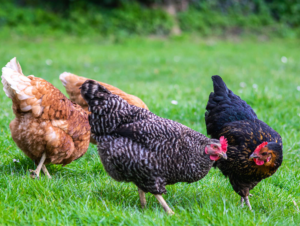
Backyard Flock Series - August 17 at 12pm Register Now!
Our next Backyard Flock Series will be about reportable diseases. Dr. Rebecca Mansell, Director of Poultry Health Programs for …



El inglés es el idioma de control de esta página. En la medida en que haya algún conflicto entre la traducción al inglés y la traducción, el inglés prevalece.
Al hacer clic en el enlace de traducción se activa un servicio de traducción gratuito para convertir la página al español. Al igual que con cualquier traducción por Internet, la conversión no es sensible al contexto y puede que no traduzca el texto en su significado original. NC State Extension no garantiza la exactitud del texto traducido. Por favor, tenga en cuenta que algunas aplicaciones y/o servicios pueden no funcionar como se espera cuando se traducen.
Inglês é o idioma de controle desta página. Na medida que haja algum conflito entre o texto original em Inglês e a tradução, o Inglês prevalece.
Ao clicar no link de tradução, um serviço gratuito de tradução será ativado para converter a página para o Português. Como em qualquer tradução pela internet, a conversão não é sensivel ao contexto e pode não ocorrer a tradução para o significado orginal. O serviço de Extensão da Carolina do Norte (NC State Extension) não garante a exatidão do texto traduzido. Por favor, observe que algumas funções ou serviços podem não funcionar como esperado após a tradução.
English is the controlling language of this page. To the extent there is any conflict between the English text and the translation, English controls.
Clicking on the translation link activates a free translation service to convert the page to Spanish. As with any Internet translation, the conversion is not context-sensitive and may not translate the text to its original meaning. NC State Extension does not guarantee the accuracy of the translated text. Please note that some applications and/or services may not function as expected when translated.
Collapse ▲
Our next Backyard Flock Series will be about reportable diseases. Dr. Rebecca Mansell, Director of Poultry Health Programs for …
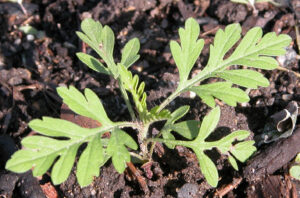
Common ragweed is (as the name suggests) common in most cropping systems. Control strategies include a combination of preemergence …
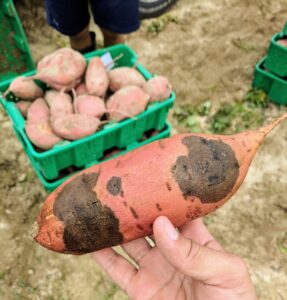
Updates for Sweetpotato Producers in NC: EPA issues Section 3 label for Mertect (thiabendazole) in sweetpotatoes postharvest and EU …

Cucumber downy mildew (CDM) has been confirmed on cucumber plant samples from a homeowner garden in Haywood County, NC. …
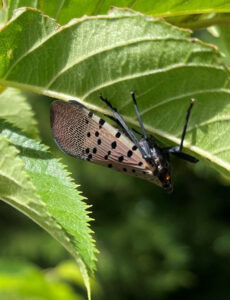
The short answer: We do not anticipate that spotted lanternfly will be an issue for field crops The long answer: …

Pesticide license categories often have overlapping areas of applicability, resulting in confusion over exactly which license category is required …
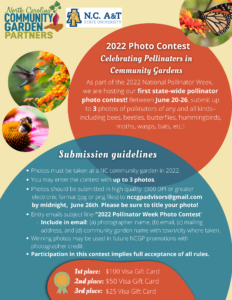
Thank you to everyone that participated in the “Hatch Butterflies” program when 4-H Embryology took a break due to …
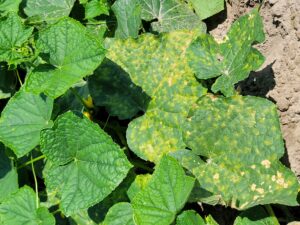
Written by Mariana Prieto-Torres and Lina M. Quesada-Ocampo. Pseudoperonospora cubensis, the causal agent of cucurbit downy mildew (CDM), was confirmed …
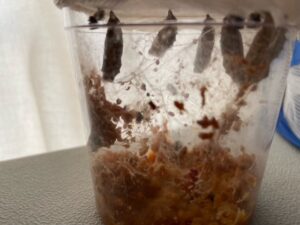
When 4-H Embryology was cancelled due to Highly Pathogenic Avian Influenza on April 5, 2022, Liz Driscoll, 4-H Horticulture …

Article by DeShae Dillard, M.S., NC State, Department of Entomology and Plant Pathology Corn earworm (also known as bollworm) is …

If you are a 4-H agent or Program Assistant who will hatch out chicks with 4-H Embryology, please join …

There are several mobile apps that are very useful in plant identification. These image-based identification tools have improved dramatically …
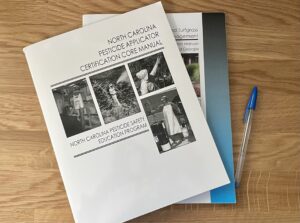
Pesticide Schools are hosted by the NC State Pesticide Safety Education Program with the help of the NC Extension …
Youth Flock Owners: Please read the latest update from the North Carolina Department of Agriculture and Consumer Services released on …
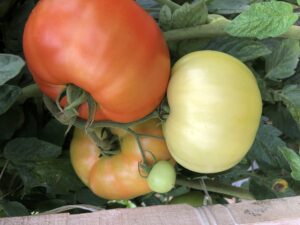
The North Carolina Tomato Growers Association recently hosted the Winter Vegetable Meeting in February. Attendees were asked a series …

Spring flowering plants like forsythia send an undeniable message that the temperatures are getting warm enough for plants to …
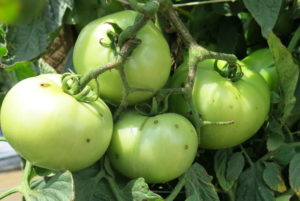
Anyone who grows tomatoes in North Carolina, from homeowners to commercial growers, eventually finds their crop is affected by …
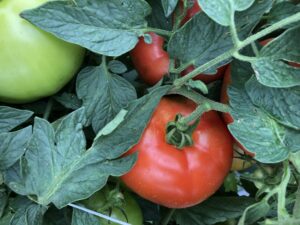
The fungicide spray guides for tomato and pepper are intended for commercial growers and are suggested products or programs …
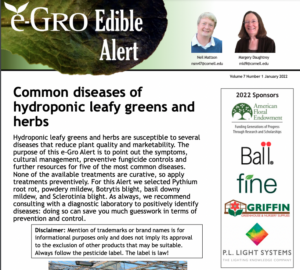
Although hydroponic production systems allow growers to control many factors to create a healthy crop, these systems do pose …

This factsheet describes the biology and disease control of Southern Blight in Herbaceous Ornamentals
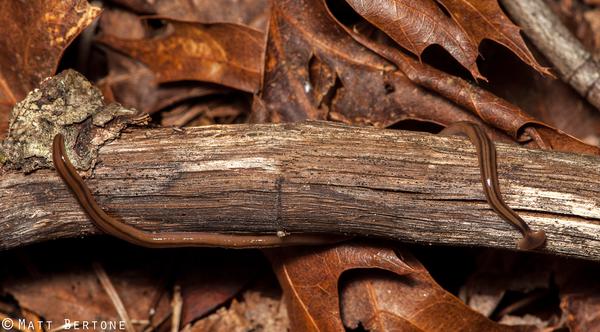
This factsheet offers information on the identification and management of various flatworms that may be …

This article will cover two important scale insect pests of blueberries in North Carolina, terrapin …
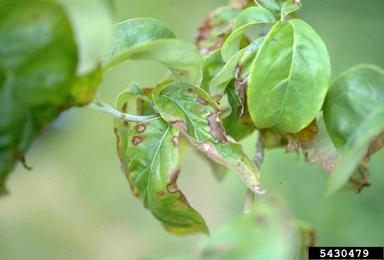
This fact sheet compiles common disease of dogwood trees (Cornaceae) in North Carolina. It contains …
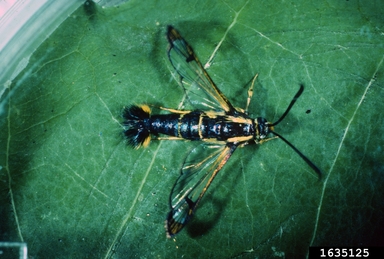
This fact sheet compiles common arthropod pests of dogwood trees (Cornaceae) in North Carolina. It …
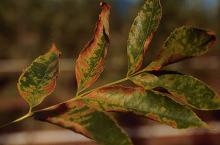
This factsheet describes several diseases that impact the health of ash trees.

This factsheet provides descriptions of several pests of Ash trees in North Carolina. It describes …

This factsheet provides brief descriptions of common disease pests of maple (Acer spp.) in North …